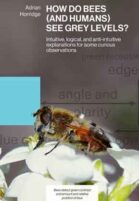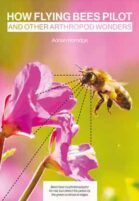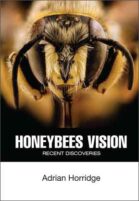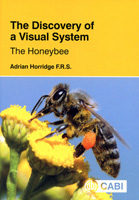Since the nineteenth century there have been many descriptions of bees’ ability to discriminate coloured papers, but it is less well known that they can be trained to come to a grey target showing no colour. From their recognition of grey, and ability to discriminate light grey from dark grey, and from white and black, von Frisch concluded that bees have a form of achromatic vision in addition to well-developed colour vision.
The problem is that there are no grey or black photons, so how do bees or humans see grey? The unsupported assumptions of von Frisch, the sequence of his conclusions, and his fatal errors, will be examined, and right thinking restored.
This booklet is a supplement to my recent book, ‘The Discovery of a Visual System: The Honeybee.’ (Horridge, 2019). In another recent publication, bees were trained to come to a plain grey target, and some bees were reared seeing only grey feeders. It was thought that training on grey would remove any previously acquired preferences for a colour (Hempel di Ibarra et al, 2022). Without further training, they were tested with a variety of colours. Indeed, the bees responded when presented with variously coloured new targets. However, the conclusion that they had learned the grey and then responded to various colours in meaningful ways, is contrary to all that we know about light, colour, black and bee vision.
I hope to present an interpretation of bee and human responses to grey, and then to various colours, based on simple physical principles.






